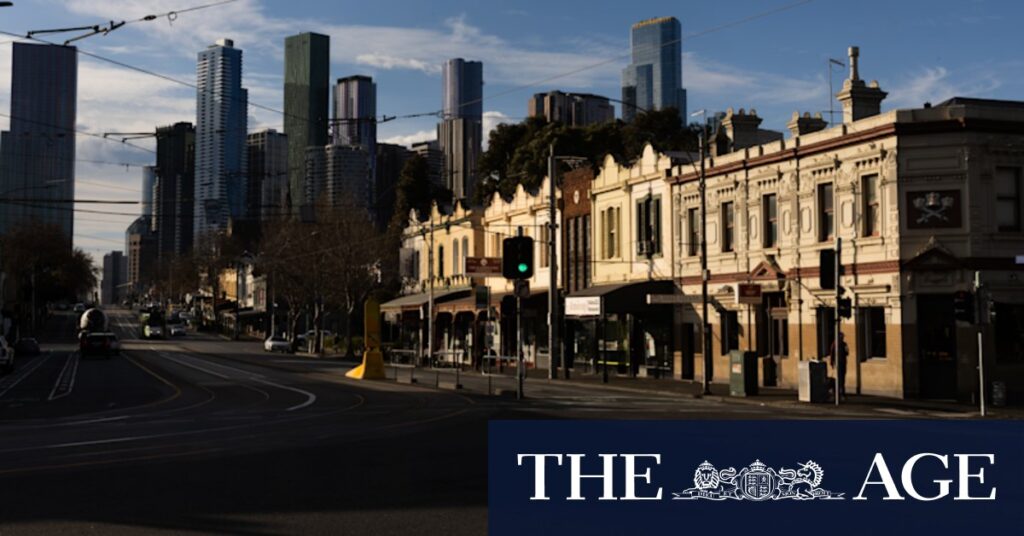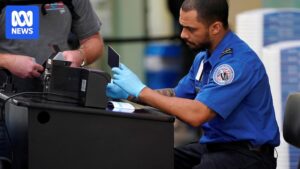
Retailers across Australia are sounding the alarm over the potential transformation of shopping districts into “ghost towns” if a more stringent crackdown on retail crime isn’t implemented. This warning comes amidst a significant surge in retail theft, particularly in Victoria, where incidents have reportedly increased by 52% compared to the previous year. Nationally, incidents involving weapons have risen by 66%, according to statistics from Auror, a retail crime intelligence platform.
Griffith University criminologist Michael Townsley highlights a stark contrast in how different states handle retail crime. “In NSW, police seem to be much more proactive on retail crime; they have an intelligence team,” he said. “Whereas in Victoria, it’s not clear that there’s been much ownership of organised retail crime as a problem.” Townsley suggests that the lack of deterrence in Victoria has made it an attractive target for crime syndicates, with some even traveling from NSW to exploit this vulnerability.
Victoria’s Struggle with Retail Crime
The rise in retail theft in Victoria has sparked frustration among loss prevention managers who find the state’s police service challenging to engage. Despite these claims, Victoria Police has defended its efforts, citing significant operations that have led to the dismantling of major theft syndicates and numerous arrests. A spokesman for Victoria Police stated, “Victoria Police has no intelligence that offenders are traveling from interstate to steal from retail stores.” They also noted that many offenders are first-time shoplifters, a claim at odds with industry figures suggesting that repeat offenders account for nearly 70% of incidents.
Comparisons have been drawn with San Francisco, where unchecked retail crime has contributed to economic decline and urban flight. “You’ve seen entire retail precincts effectively turn into ghost towns,” warned Rodwell, a representative of the Australian Retail Council, emphasizing the need for proactive measures to prevent similar outcomes in Australia.
Retailers’ Response and Technological Solutions
In response to the growing threat, major retailers like Coles are investing heavily in anti-theft technologies, including security gates and advanced scanning systems. Leah Weckert, Coles’ chief executive, noted the varying effectiveness of police responses across different states, praising South Australia for its successful legislative framework and dedicated retail crime taskforce.
Meanwhile, the conversation around the use of facial recognition technology is gaining traction. While already in use at airports and sporting venues, its potential application in retail settings is being explored as a means to curb theft. Rodwell advocates for a national discussion on the technology’s benefits, despite privacy concerns raised by entities like the Information Commissioner’s Office.
Legislative and Policy Developments
In addition to technological advancements, legislative measures are also being considered. Queensland and NSW have implemented “Jack’s Law,” allowing police to use metal-detecting wands in public places to uncover weapons, a move that has led to the removal of over a thousand weapons in Queensland alone. NSW has further introduced tougher penalties for those who assault or abuse retail workers, reflecting a broader trend towards stricter enforcement.
The situation in Victoria remains a focal point for retailers and law enforcement alike, as they strive to balance effective crime prevention with community relations and privacy concerns. As the debate continues, the future of Australia’s retail landscapes hangs in the balance, with stakeholders keen to avoid the pitfalls experienced by international counterparts.
Looking ahead, it remains to be seen how these measures will impact the prevalence of retail crime and whether they can prevent the feared transformation of vibrant shopping areas into desolate “ghost towns.”







